
Nagpur Tercentenary (1702-2002)
A commemorative postage stamp on 300 years of Nagpur (Orange City), 3rd largest city of Maharashtra :

 Issued by India
Issued by India
Issued on Nov 11, 2002
Issued for : Nagpur, the small settlement started in 1702 by Bakht Buland Shah by integrating twelve nondescript hamlets of Rajapur–Barsa, is today a sprawling urban centre with a population of 2.2 million. It is an important commercial and industrial centre and ranks among the 15 largest cities of India. The Department of Posts joins the tercentenary celebrations of Nagpur with the issue of a commemorative stamp.
Design : The design of the stamp, while depicting two landmarks of Nagpur, namely, the Vidhan Bhavan and the Samadhi of Raghuji Bhonsle, also elaborates on the theme of “The Orange City of India“ by which epithet it is widely known. The stamps are brought out in the form of a sheetlet, which also carries a portrait (an artist’s impression) of Bakht Buland. A collage of images relating to the city features on the First Day Cover.
Credits :
Stamp & FDC : Kamleshwar Singh
Cancellation : Alka Sharma
Type : Stamp, Mint Condition
Colour : Multicolour
Denomination : 500 Paise
Overall size : 5.25 x 2.60 cms.
Printing size : 5.25 x 2.50 cms.
Perforation : 13 x 13
Paper : Imported un w/m adhesive gravure coated stamp paper in sheets 50.8 x 53.5 cms.
Print quantity : 0.1 million Sheetlets
Number of stamps per sheetlet : 12
Printing Process : Photogravure
Printer : India Security Press, Nashik
About :
- The Indian city had developed an identity of its own at the time of the Indus Valley Civilization itself, viz. as early as circa 2500 B.C. Subsequently, in the texts belonging to the period of advent of the Aryans, the city has been exalted as nagara, the location of civilised life. Indian cities responded with considerable resilience to survive many a phase of political flux in the middle ages. Later, in the Mughal and post-Mughal periods, cities came to perform the additional role of asserting and maintaining the power and legitimacy of regimes. It was for this reason that many rulers felt the need to found new cities around them.
- The civilised life of the city of Delhi had inspired Bhakt Buland, the Gond King of Deogarh to start building his new capital at Nagpur. His successor Chand Sultan continued the work of town building on an expanded scale. The Bhonsalas who took over as rulers in 1742 left their mark on Nagpur in terms of promotion of agriculture and industry and patronage to literary, cultural and religious activities. Development of the city took a different turn after it fell into the hands of the British in the mid-nineteenth century. The disruptive impact of colonial rule was felt most on the organic evolution of the city and its socio-economic profile. The city was reduced to a centre for bulking of agricultural and forest produce and pumping in of imported merchandise into the hinterlands. Nagpur was made the capital of Central Province & Berar, for geo-strategic reasons. No doubt the pitchforking of the city into the world-wide network of colonial economy through the new road and rail links helped it to overcome the intrinsic limitations of autonomous growth, but this came about at a huge cost, namely the fragmentation of its social, cultural and architectural environment.
- It the post-independence era, Nagpur was included in Maharashtra after re-organisation of states, with the status of the second capital of the state. In the last fifty years, it has been one of the fastest growing cities of India. The rapid increase of population has brought with it the attendant strains on infrastructure and ecology. These problems are being addressed through the concerted efforts of various government agencies and some concerned citizens.
- The industrial base of Nagpur is today a diversified one, covering ferromanganese products, other metal goods, cotton processing and ginning and paint industries. The city is located in the country’s geographical centre and has excellent connectivity through road, rail and air. Nagpur has done well in managing its environment and is one among the greenest cities of India. The city boasts of a cosmopolitan populace and with its rich blend of tradition and modernity, is truly a representative urban centre of India.
- Text : Based on material furnished by the sponsors.


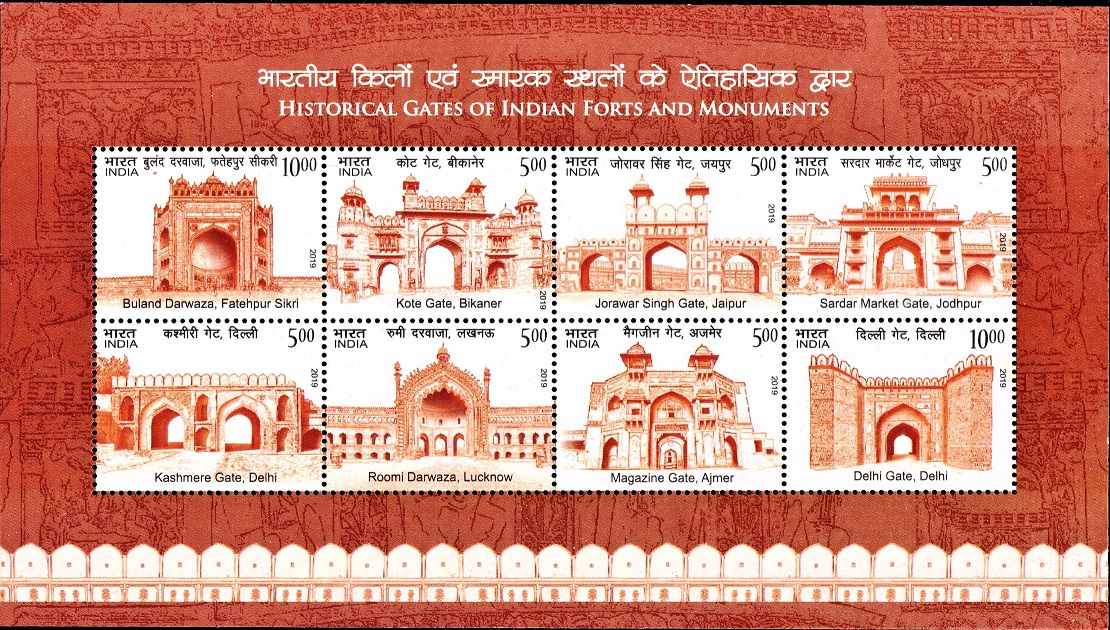
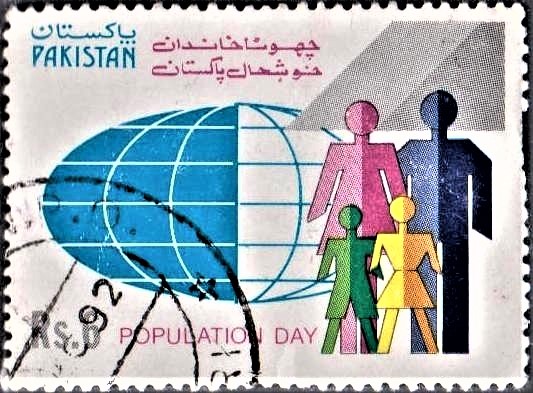
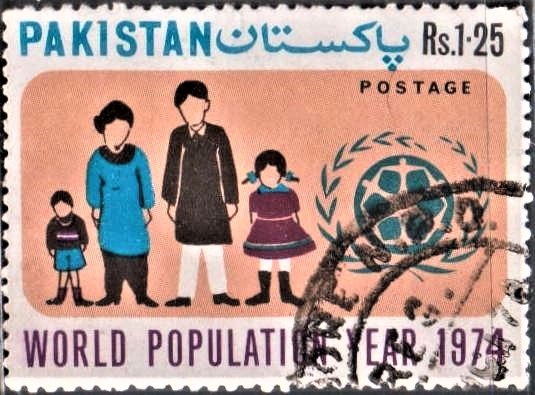

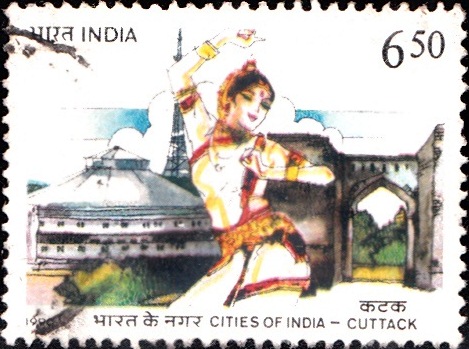
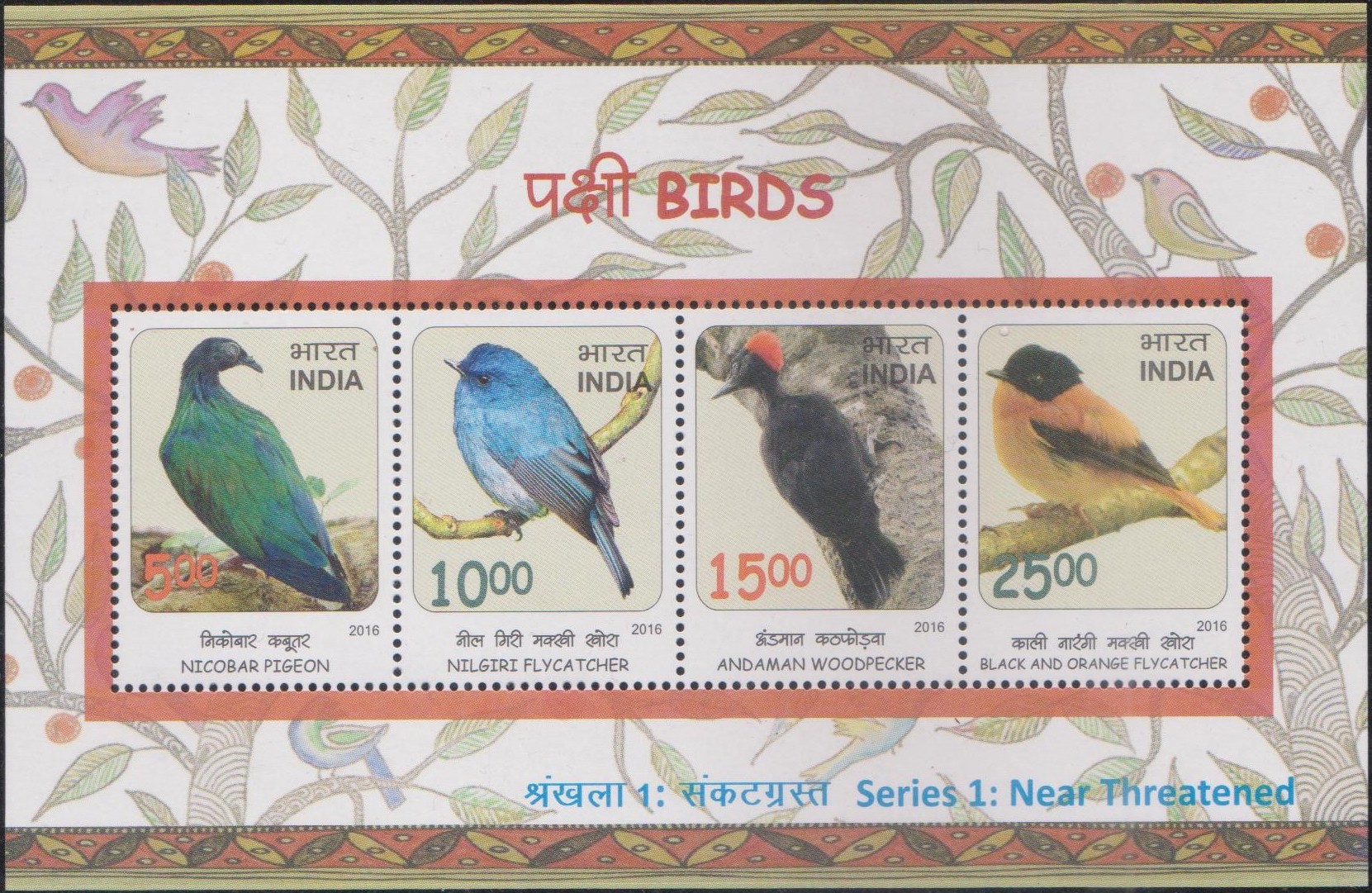
i want Adhesive stamp near about Rs. 25000/- . I am in Nagur civil lins 440001. please contact me if have a Adhesive stamp
[…] Shri Sagarmal Gopa, the freedom fighter of Jaisalmer, was born on 3rd November, 1900 in an affluent Brahmin family. His ancestors were the Rajgurus of Jaisalmer kingdom and were serving on the prestigious posts of the state. Shri Sagarmal Gopa was the son of Shri Akhya Raj who was in the state service of Jaisalmer. He was disturbed by the attitude adopted by the state towards the freedom movement and preferred to migrate with his family to Nagpur. […]
[…] massive contribution to India‘s industrial development. He set up cotton mills in Bombay and Nagpur and founded the Tata Iron and Steel Company which is among the largest integrated steel mills in […]
[…] the auspices of Bharatiya Rashtra Bhasha Prachar Samiti, a World Hindi Convention was held at Nagpur in Maharashtra from 10th to 14th January, 1975. The Sammelan not only highlighted the significant […]
[…] took advanced education in Nagpur and after earning the L.L.B. degree, he decided to be a pracharak of the Rashtriya Swayam Sevak […]
[…] tradition of the World Hindi Conferences began with the first conference having been organized in Nagpur in 1975. Since then, these conferences have achieved a global profile and momentum of their own. […]
[…] is spread across 22 acres of land in the heart of Nagpur. Deekshabhoomi Stupa is the largest hollow stupa among all Buddhist stupas in India. The diameter […]
[…] NCCI, with its headquarters in Nagpur, continues to be a facilitator of inter-church togetherness and is committed to the well-being of […]
[…] during the early years of his childhood he completed school in Kolhapur and college from Pune and Nagpur, specializing in history and economics for his Masters degree. With an eye on the legal profession […]
[…] from the Akola district of Maharashtra, he studied at the Morris College in Nagpur for graduation. He came under the influence of Mahatma Gandhi when the famous Nagpur Conference of […]
[…] United Kingdom and was called to the Bar from the Inner Temple. He started practice as a lawyer in Nagpur and soon became a legal luminary in the then Central […]